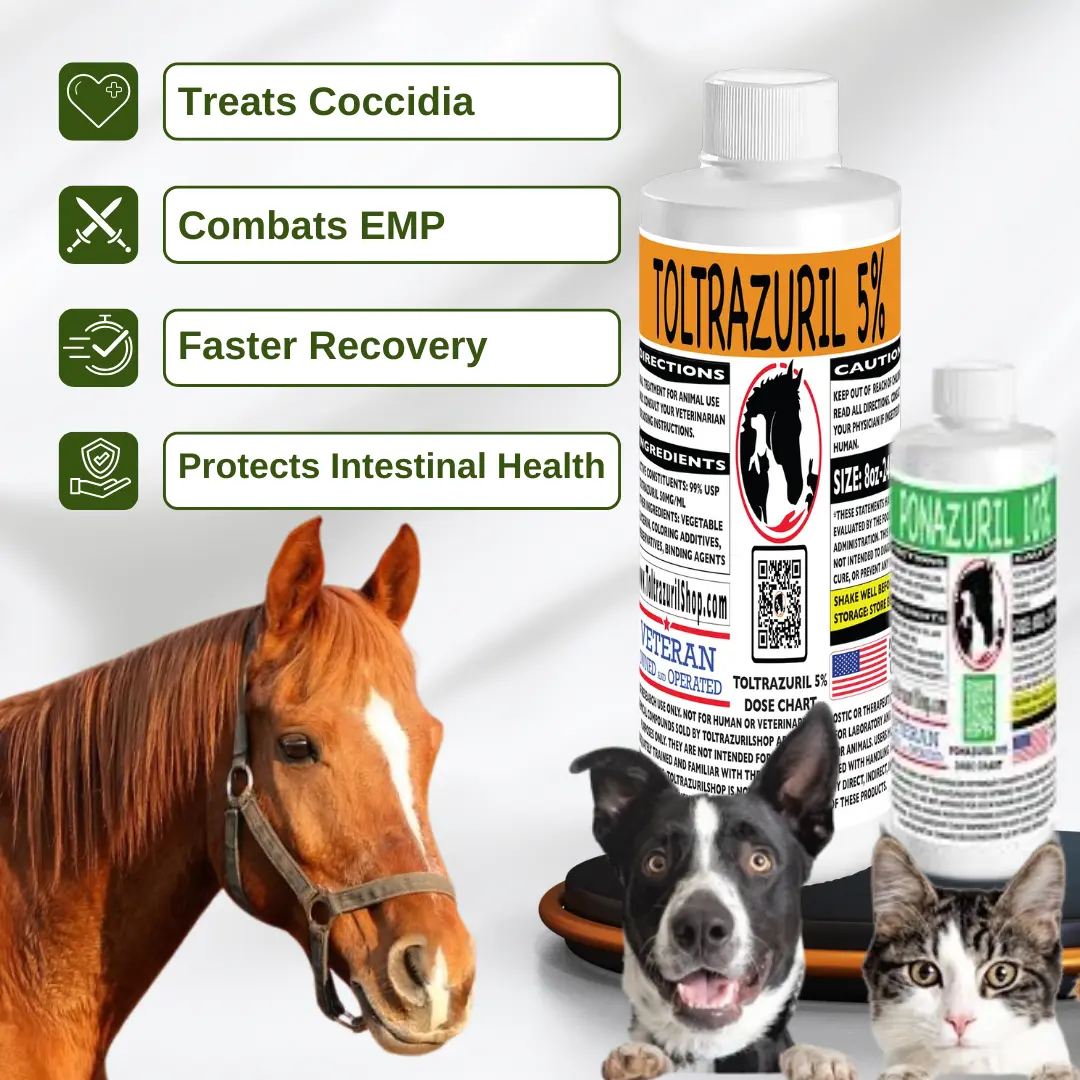No products in the cart.
Coccidia and Giardia in Cats: Understanding the Difference
Coccidia and Giardia in cats are two common gastrointestinal infections that can lead to a variety of digestive problems. Both are caused by protozoan parasites and often exhibit overlapping symptoms, but they are distinct in terms of their biology, transmission methods, and treatment. Understanding the differences between Coccidia and Giardia in cats is important for proper diagnosis and treatment to ensure your cat’s health and well-being.
🦠 What is Coccidia in Cats?
Coccidia refers to a group of single-celled parasites from the genus Isospora, primarily Isospora felis and Isospora rivolta, that infect the intestinal tract of cats. These parasites reproduce by producing oocysts, which are shed in the feces and can contaminate the environment. Coccidia infections, known as coccidiosis, are particularly concerning in kittens, young cats, and those with compromised immune systems.
💧 What is Giardia in Cats?
Giardia is a protozoan parasite (Giardia intestinalis) that inhabits the small intestine of cats. It exists in two forms: the trophozoite, which is the active, motile form, and the cyst, which is the infective form passed in the feces. Cats become infected by ingesting Giardia cysts from contaminated food, water, or surfaces. Giardiasis, the infection caused by Giardia, can lead to gastrointestinal distress in cats.
⚖️ Coccidia vs Giardia in Cats
🐱 Key Differences Between Coccidia and Giardia in Cats
| Feature | Coccidia | Giardia |
|---|---|---|
| Scientific Name | Isospora felis, Isospora rivolta | Giardia intestinalis |
| Infection | Coccidiosis | Giardiasis |
| Transmission | Ingestion of oocysts from feces | Ingestion of cysts from contaminated sources |
| Primary Location | Small intestine | Small intestine |
| Symptoms | Diarrhea, dehydration, weight loss | Diarrhea, abdominal cramps, bloating |
| Diagnosis | Fecal examination (microscopic) | Fecal examination (microscopic or antigen test) |
| Treatment | Sulfadimethoxine, ponazuril, toltrazuril | Fenbendazole, metronidazole |
| Zoonotic Potential | Low (species-specific) | Yes (can infect humans) |
🐾 Similarities in Symptoms of Coccidia and Giardia in Cats
Both infections can present with overlapping symptoms, including:
- Diarrhea (which may be watery or contain mucus)
- Dehydration
- Weight loss
- Lethargy
However, the severity and duration of symptoms can vary depending on the individual cat and the extent of the infection.
💊 Impact of Coccidia and Giardia on Feline Health
🐱 How Coccidia Affects Cats’ Digestive Systems
Coccidia infect the epithelial cells lining the intestines, leading to inflammation and disruption of normal digestive processes. In severe cases, especially in kittens, this can result in:
- Watery or mucous diarrhea
- Dehydration
- Abdominal discomfort
- Loss of appetite
🐾 How Giardia Affects Cats’ Health
Giardia attaches to the lining of the small intestine, interfering with nutrient absorption and causing gastrointestinal symptoms such as:
- Acute or chronic diarrhea
- Abdominal cramps
- Bloating
- Flatulence
In some cases, cats may also experience vomiting and weight loss.
💉 Combined Treatment Approaches for Coccidia and Giardia in Cats
💊 How to Treat Both Coccidia and Giardia in Cats Simultaneously
Treating both infections concurrently involves:
- Accurate Diagnosis: Distinguishing between the two parasites through fecal examinations.
- Appropriate Medication: Administering specific antiparasitic drugs for each infection.
- Supportive Care: Ensuring adequate hydration and nutrition during treatment.
Veterinary guidance is essential to tailor the treatment plan to the cat’s specific needs.
💉 Medications for Treating Coccidia and Giardia in Cats
- Coccidia:
- Sulfadimethoxine (Albon®): Commonly used for treating coccidiosis.
- Ponazuril (Marquis®): An alternative treatment option.
- Toltrazuril: Effective in eliminating coccidia within a few days.
- Giardia:
- Fenbendazole: Administered at 50 mg/kg for 5–7 days.
- Metronidazole: Given at 25 mg/kg for 5–7 days.
- Combination Therapy: In some cases, a combination of fenbendazole and metronidazole may be used.
It’s crucial to follow veterinary recommendations regarding dosage and duration of treatment.
❓ Related FAQs
Can Coccidia and Giardia infections occur together in cats?
Yes, it is possible for a cat to be infected with both Coccidia and Giardia simultaneously, leading to compounded gastrointestinal symptoms.
Are there vaccines available for Coccidia or Giardia in cats?
Currently, there are no vaccines approved for the prevention of Coccidia or Giardia infections in cats.
How can I prevent my cat from getting Coccidia or Giardia?
Preventive measures include:
Regular deworming and veterinary check-ups.
Maintaining a clean living environment.
Promptly cleaning up feces from litter boxes and outdoor areas.
Avoiding exposure to potentially contaminated food or water sources.
Is Giardia in cats contagious to humans?
Yes, while the strain of Giardia affecting cats is different from that in humans, transmission between cats and humans is possible. Practicing good hygiene, such as washing hands after handling cats or cleaning litter boxes, can reduce the risk.
Next Steps:
For more information on side effects and safety considerations, visit our article on Side Effects and Safety of Toltrazuril.



One thought on “Coccidia and Giardia in Cats: Understanding the Difference”
tlover tonet
August 31, 2025I wanted to write down a simple remark to express gratitude to you for these pleasant strategies you are writing at this website. My considerable internet look up has now been rewarded with sensible facts to exchange with my family and friends. I ‘d mention that most of us website visitors are unquestionably fortunate to live in a very good site with very many wonderful individuals with useful opinions. I feel truly blessed to have seen the web page and look forward to so many more brilliant times reading here. Thanks a lot again for a lot of things.